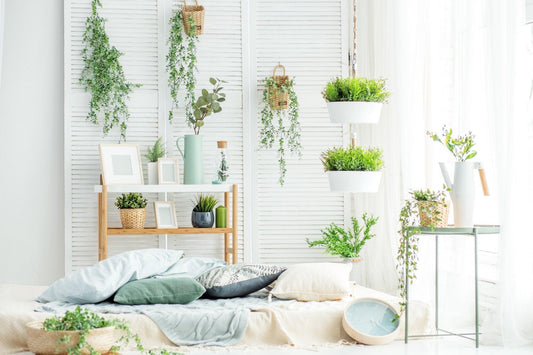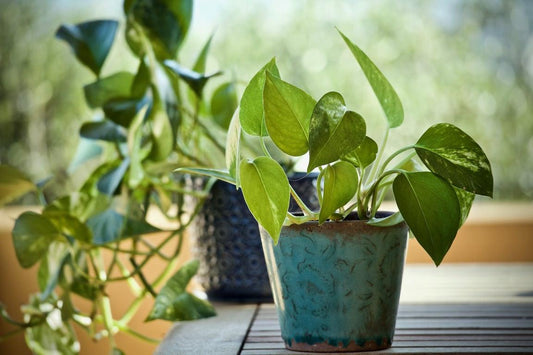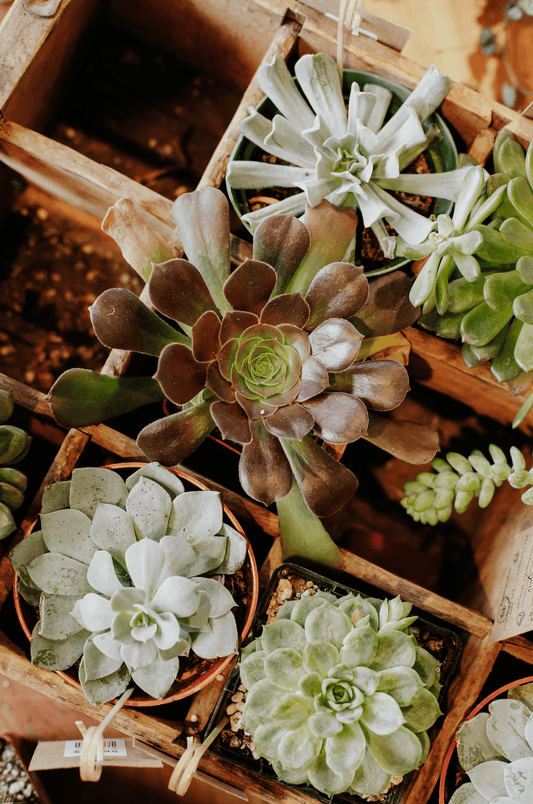CROTON
How to Care for the CROTON Plant
Overview
Visually attractive due to its brightly colored foliage, there are few plants that are as striking as the Croton. Its thick, leathery leaves come in all shapes, sizes, and patterns, usually striped or spattered with colors such as yellow, red, pink, or black. This makes them ideal ornamental plants for any indoor space. The name Croton comes from the Greek word for ‘tick,’ as its seeds have a similar appearance to the insect. Native to the humid tropics of Asia and the Pacific regions, they can reach up to 10 feet tall in the wild. Inside the home or out in the garden, they stay 3-8 feet tall and 3-6 feet wide.
Crotons can be a bit high-maintenance, but once the growing conditions of their natural habitats are met, they get less fussy. They appreciate frequent misting and boosts in humidity, which will help them acclimate to their new homes. They come in plenty of varieties as well, with the Petra, Gold Star, Eleanor Roosevelt, and Oakleaf being some of the most popular. All varieties are capable of blooming when grown outdoors, but they rarely do so when indoors.


Profile
They don’t grow well from seed, so the best way to propagate them is via stem cuttings or division. Cut a 4-6-inch stem right above the leaf node, making sure the cutting has at least three leaves. Put them in soil about 1-1.5 inches deep or a glass of water and keep in a sunny spot. Using rooting hormones or creating a greenhouse environment (putting the ppt in a clear plastic) can help increase rooting success. Crotons sometimes produce shoots separate from the parent plant; these can be potted and planted independently.
This plant is moderately toxic to both animals and humans, so it’s best to keep them out of reach from your kids and your pets. It can cause abdominal discomfort, vomiting, and diarrhea. Its sap can also cause skin irritation.




Low light
When kept indoors, this plant should be kept in a location that receives significant sun exposure. They require bright, indirect light, with some variants that do not tolerate direct sunlight and prefer dappled light. However, Croton foliage turns more vibrant when they get sufficient light. Otherwise, they will turn a dull green. Keep your plant at temperatures between 60-70°F, and ensure it doesn’t get exposed to any cold drafts. Humidity must be kept high, as lower levels will cause the plant to lose leaves.

Occasional
Crotons do best in humus-rich, acidic soil. Use filtered water to hydrate when the top 25-50% of the soil is dry. If it’s losing leaves, this is likely due to stress for moving it around or an imbalance in nutrients. Prune your plant to remove unhealthy portions of the plant or to maintain the shape you want.

Easy breezy
They don’t like being disturbed—shocking it may kill it—so it’s advisable only to repot when the roots are growing out of the bottom of the pot. Go one to two inches larger than the current pot when doing so.
FREQUENTLY ASKED QUESTIONS (FAQs)
on CROTON
My Croton’s leaves are gathering dust. What should I do?
Gently wipe the leaves with a moist cloth twice a month. missmarienjose@gmail.com why?? What does this do? Why is it helpful? elaborate?
How long can my Croton live?
It can live for between 2 and 7 years as an indoor plant, if given ideal conditions.




